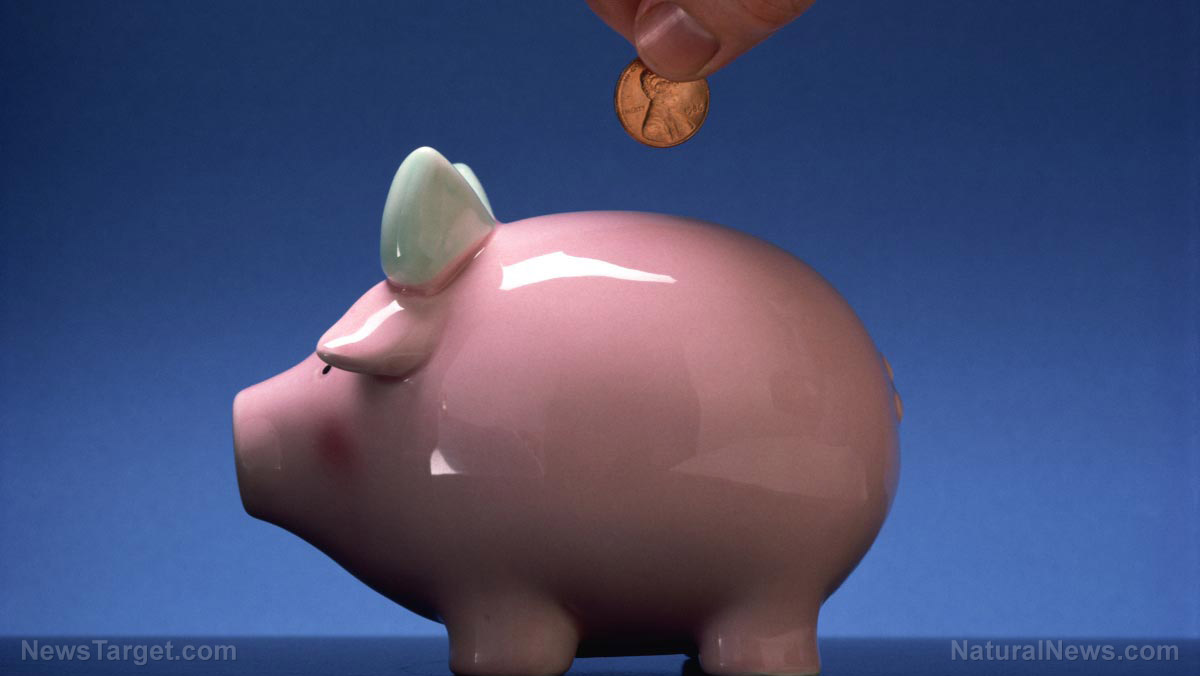The Fed WARNS more lay-offs are coming as the coronavirus continues to spread
04/02/2020 / By Franz Walker

The social distancing measures being put up to try to stop the spread of the coronavirus pandemic have resulted in the worst level of unemployment that the U.S. has seen in a long time. As bad as things are, however, a new estimate by the Federal Reserve is showing that they’re going to get much worse.
A recent analysis by the Fed’s St. Louis district projects that the unemployment rate could go as high as 32.1 percent. This represents a low of just over 47 million jobs.
The recent projections are much worse than those originally estimated by St. Louis Fed President James Bullard, who said unemployment would hit 30 percent. They show just how many jobs are at risk as part of the government-induced economic freeze that’s aimed at stopping the spread of the outbreak.
“These are very large numbers by historical standards, but this is a rather unique shock that is unlike any other experienced by the U.S. economy in the last 100 years,” wrote St. Louis Fed economist Miguel Faria-e-Castro in her article last week.
Faria-e-Castro’s “back of the envelope” calculations come with a couple of caveats. First, they don’t take into account workers who may drop out of the labor force, which can bring down the headline unemployment rate. Second, the calculations do not estimate the impact of the recently passed government stimulus, which aims to extend unemployment benefits and subsidize companies for not laying off staff. Despite these caveats, however, the jobless picture still doesn’t look very bright.
Unemployment picture looks bleak
The Department of Labor, in its unemployment report for the week ending on March 21, recorded that over 3.2 million Americans had filed for jobless claims that week. This represented the highest number of jobless claims ever in a single week, surpassing the previous record of 695,000 claims set back in 1982.
Despite these figures, experts state that the rate could actually be higher. The benefits websites in some states where overwhelmed by the surge in claims applications that some of the claimants were unable to file their applications. Meanwhile, economists surveyed by Dow Jones expect that another 2.65 million will join this number by next week.
The upcoming nonfarm payrolls count for March is expected to show a decline of just 56,000. However, that’s largely due to a statistical distortion as the sampling period for that count took place before the government implemented social distancing practices.
The central part of Faria-e-Castro’s compilations comes from previous Fed research, which showed that 66.8 million people are working in jobs with a “high risk of layoff.” Included in these are jobs in sales, production, as well as food preparation and services.
In addition to this, he also identified 23.7 million people working in “high contact-intensive” jobs. These include jobs such as food and beverage serving workers, barbers and hairstylists, airline flight attendants, and more.
Faria-e-Castro’s paper then takes the average of those workers to get the estimated loss of about 47 million. This would bring the U.S. unemployment rolls to 52.8 million. In comparison, this is more than three times worse than the peak reached after the 2007-2008 financial crisis.
The downturn could be brief
As bad as the surge in unemployment looks to be, the downturn from the outbreak itself could be comparatively brief. Talking to CNBC last week, Bullard stated that people shouldn’t be discouraged even if the jobless number was “unparalleled.”
“This is a special quarter,” explained Bullard. “And once the virus goes away and if we play our cards right and keep everything intact, then everyone will go back to work and everything will be fine.”
The White House is already planning to have at least some of the economy restarted by the end of April. President Donald Trump originally set a tentative date of April 12, Easter Sunday; however, he later moved it to April 30.
Americans, for the most part, seem to be okay with the loss of jobs, as long as it’s in the name of stopping the outbreak, according to a recent poll by Reuters/Ipsos. Stopping the virus, it seems, is a much higher priority for the American public than saving people’s jobs.
Sources include:
Tagged Under: Collapse, coronavirus, covid-19, economy, finance, flu, government, infections, jobs, outbreak, pandemic, priority, risk, stock market, superbugs, unemployment, USA, virus
RECENT NEWS & ARTICLES
COPYRIGHT © 2017 BUBBLE NEWS



















